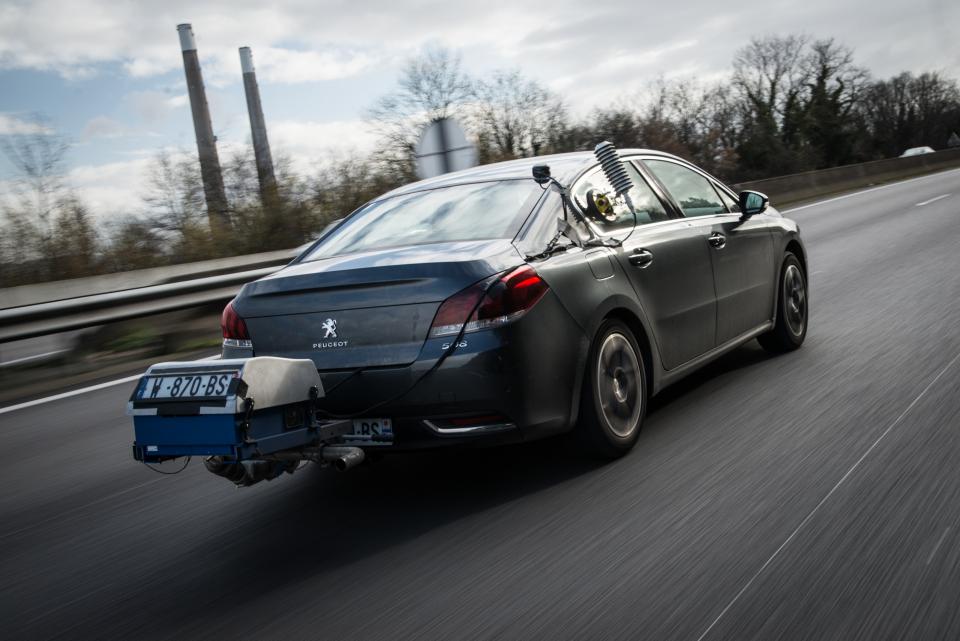
EU car testing proposals are a sticking plaster on a gaping wound
When French investigators swooped on Renault last week to seize computers, it was yet another stark illustration of the systemic failure of car testing in Europe. Their investigation is linked to the Volkswagen emissions scandal, where national testing authorities failed to detect or even investigate the cheating – despite being made aware of the exceptionally high on-road emissions.
Interested in this kind of news?
Receive them directly in your inbox. Delivered once a week.
Highly suspicious tests had also been reported on a Renault Espace car that was 25 times over the legal limit when driven on the road. There were similar findings for a Mercedes C-Class 200 CDI and an Opel/Vauxhall Zafira. These followed the Mercedes scandal where vehicles continued to be approved for sale by the German transport ministry while they clearly used an illegal refrigerant in the air conditioning system. Carmakers’ manipulation of test results has also created a chasm between official figures for fuel economy and real-world performance.
These scandals, caused by a weak regulatory regime and obsolete tests, undermine the confidence of consumers. They also reduce the effectiveness of environmental and safety regulations, and the credibility of the single market and European regulations.
The European Commission has belatedly accepted the system is in need of an overhaul despite its own “fitness check” stating in 2013 that the existing rules were “appropriate in achieving the main policy goals of harmonisation, effective operation of the single market and ensuring fair competition,” and concluding there was “no need for a major overhaul”. But the planned overhaul, while moving in the right direction, fails to adequately address the key failings of the system – that the national authorities charged with approving vehicles: are competing for the business of approving cars; are paid by the carmakers; and therefore lack independence and fail to adequately scrutinise the tests and approval.
There are five areas in need of improvement:
Effective oversight of national type approval authorities by the European Commission. The Commission must scrutinise the approvals issued by national authorities to ensure these are not unduly influenced by carmakers and that the work is to a consistently high standard. This must include: retesting one in four new models to ensure the results are correct; performing audits on the work of those involved in approving vehicles; and removing the right to approve vehicles where the work is not of a consistently good standard.
Important decisions should require agreement from the Commission, which should also levy fines for non-compliance. For example, where “serious” safety or environmental concerns are identified, the Commission should act to stop sales of the model EU-wide. In addition, significant extensions to the approval or exemptions to the rules should need Commission agreement.
End commercial arrangements between the national approval authorities and carmakers. The revenues earned by national authorities for approving cars are at the heart of the current weaknesses and lack of independence of the testing system. All testing work should be funded from a levy on new vehicle sales of around €20 per car.
Cars sold must produce the same results as those tested by the authorities. There must be an end to the current system by which carmakers prepare special “golden vehicles” to pass the tests. This must involve retesting cars with low mileages with further tests at intervals up to 150,000km to ensure performance is retained in well-maintained cars.
End the unnecessary secrecy surrounding the approval of cars. The current systems for approving cars are shrouded in unnecessary secrecy to the extent that it is even difficult to know which authority has approved which vehicle. There must be public access to information.
The Commission has the opportunity to return credibility to the testing of cars in Europe. The question is whether it is willing to stand up to the cheats in the car industry and the governments whose agencies are bankrolled by the industry?
